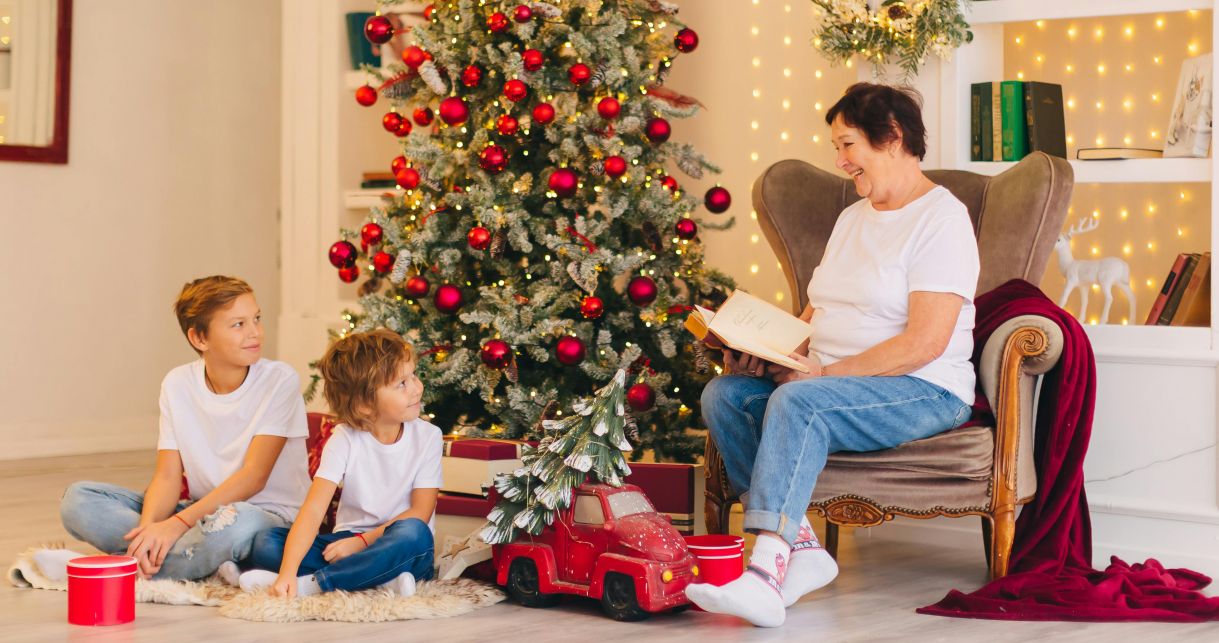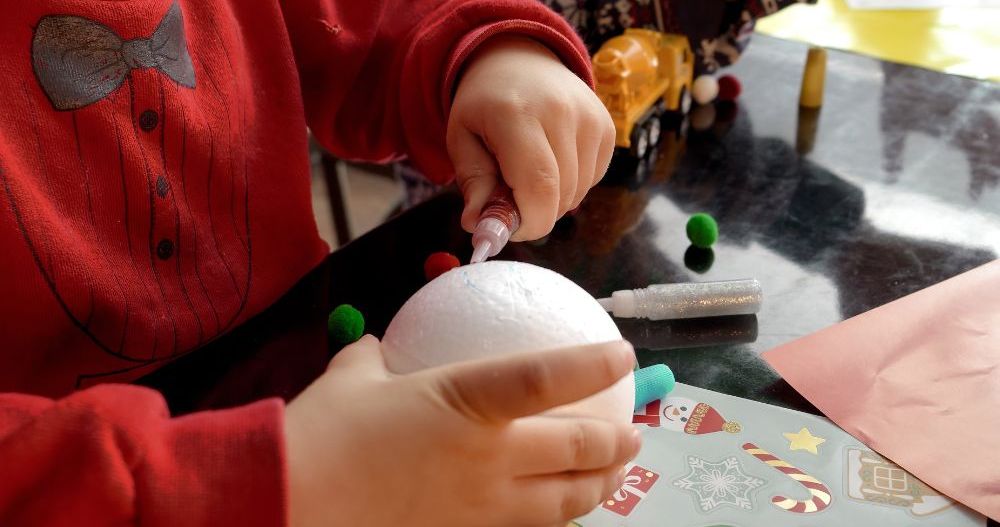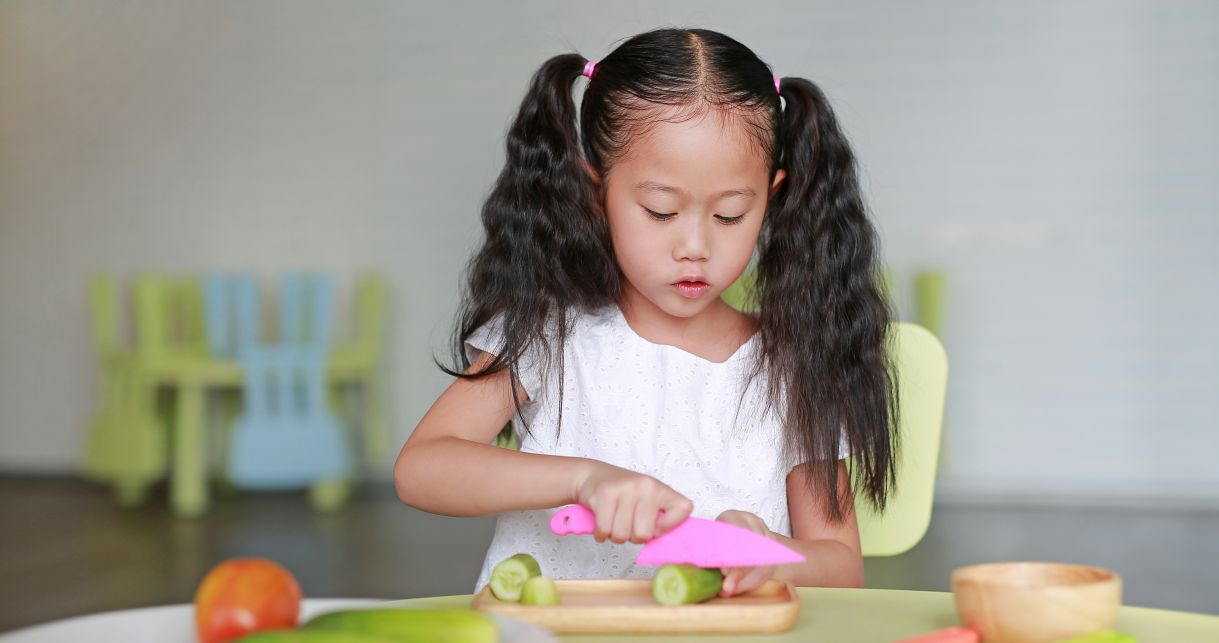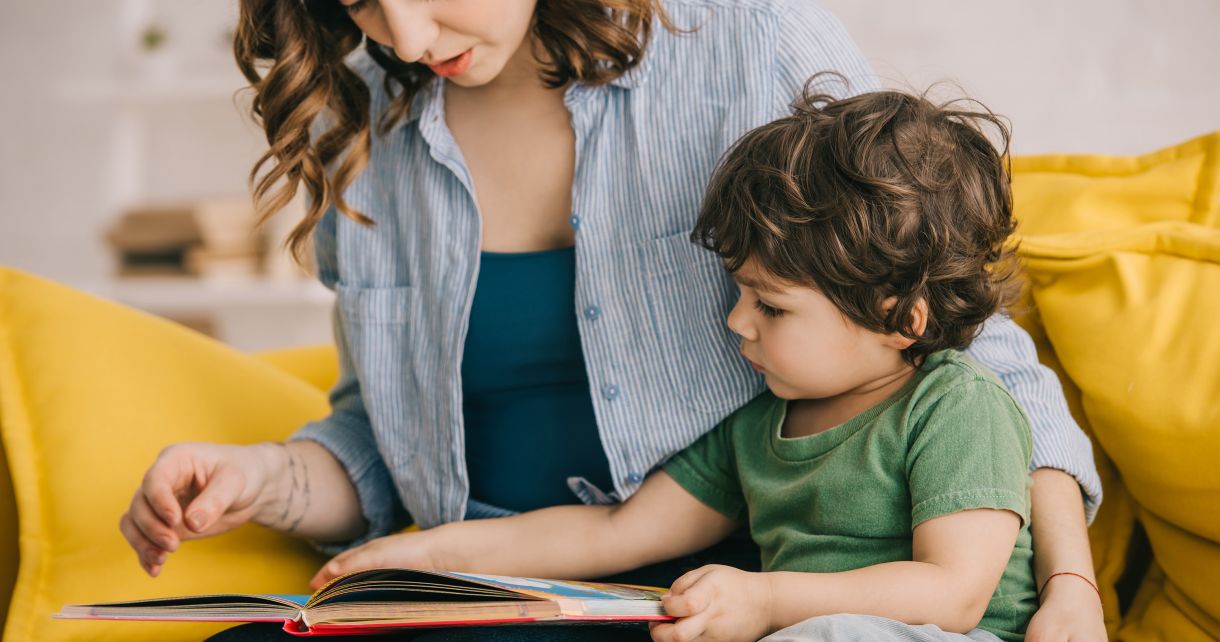min read
min read
min read
min read
So, what is loose parts play, and what are the benefits? Read our blog to discover more about how it can help with child development and get inspiration for loose parts play ideas.
Loose parts play is one of the most exciting ways for children to explore and develop. This method of play is open-ended and imaginative, providing children with the opportunity to explore invention, innovation and problem-solve through a sense of wonder.
Quite often, loose parts play is made up of materials that can be carried, combined, taken apart and put back together. It couldn’t be simpler – loose parts play can include everyday objects around the house such as boxes, pegs, bowls, or recyclable items.
When sourcing items for loose parts play, it is vital that you consider the safety of each material. For example, are there any small parts that could cause a choking hazard? Are there any sharp parts that could cause injury? Are items such as scarves or string short enough so that they would not cause a strangulation hazard? Loose parts play must always be very closely supervised; never leave your child to play with loose parts on their own.
As well as it being a simple method of play, there are many benefits of loose parts play for children’s learning and development, including:
The beauty of loose parts play is that it can include things you will most likely already have around the house or in the garden. Just a few ideas of loose parts play for toddlers are:
If you’ve visited any of our nurseries, you may have noticed that loose parts play is a common activity.
We encourage children to explore resources such as blocks of wood, metal rings, bowls, baskets, and buttons. As the children are supervised in a safe, supportive environment, it’s a fantastic opportunity to let them feel, learn, and understand various objects and the possibilities of play.
We love loose parts play as it provides children with the freedom to experiment, learn and most of all, have fun!
There are so many simple ways you can recreate loose parts play at home with your child. Keep an eye out for everyday safe objects around your house that your child can use. Remember to supervise your child during loose parts play and avoid anything sharp or anything that has small parts which could be easily swallowed.
Check out the Busy Bees blog for more ways to play with children, from loose parts play to the benefits of playing outdoors.
We’d love to see your creations at home. Don’t forget to share and tag us on Facebook, Twitter or Instagram! If you are a Busy Bees parent already, there are many fantastic activities including loose parts play ideas on our UP! App.
by
Published: 20/06/2022
Share Blog

by Busy Bees 01/12/2025
5 min read

by Busy Bees 01/12/2025
5 min read

by Busy Bees 27/11/2025
6 min read

by Busy Bees 25/11/2025
7 min read

by Busy Bees 19/11/2025
6 min read